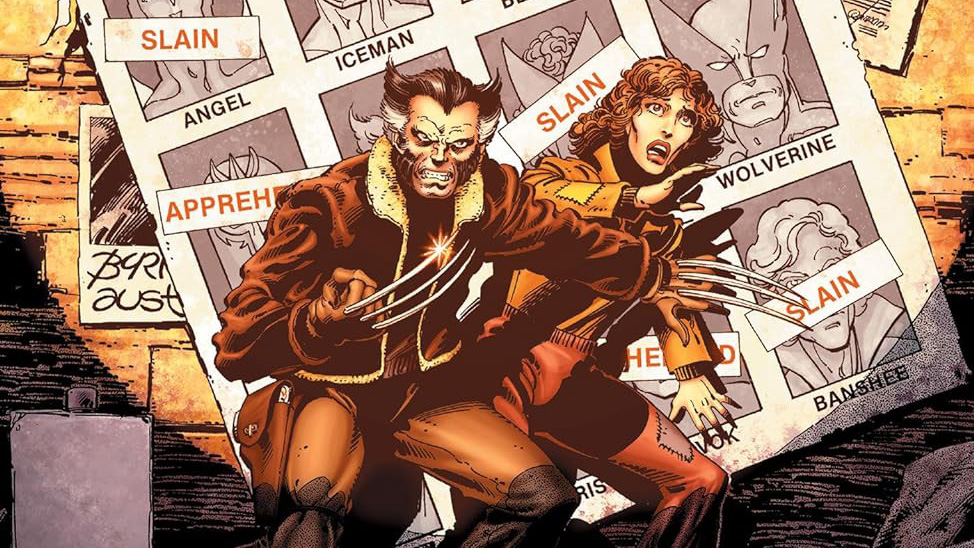
With more than 60 years of stories under their big yellow belts, compiling a list of the best X-Men comics ever takes some work, but fortunately, we're up to the task.
Created by Stan Lee and Jack Kirby in the 1960s, Marvel’s mutants are arguably the most famous and most important superhero team in comic book history, and the protagonists of thousands of comic books by countless different creative teams.
Marvel has just relaunched the entire X-Men comics line for 2024, offering some great new jumping-on points for readers, like the brilliant new X-Factor comic, but perhaps you’re looking to bone up on the classics? Here then is our list of the 20 best X-Men comics of all time. And when you're done reading this you can keep track of all the new X-Men comics and collections and find out about the best Marvel Comics stories too.
20. Asgardian Wars
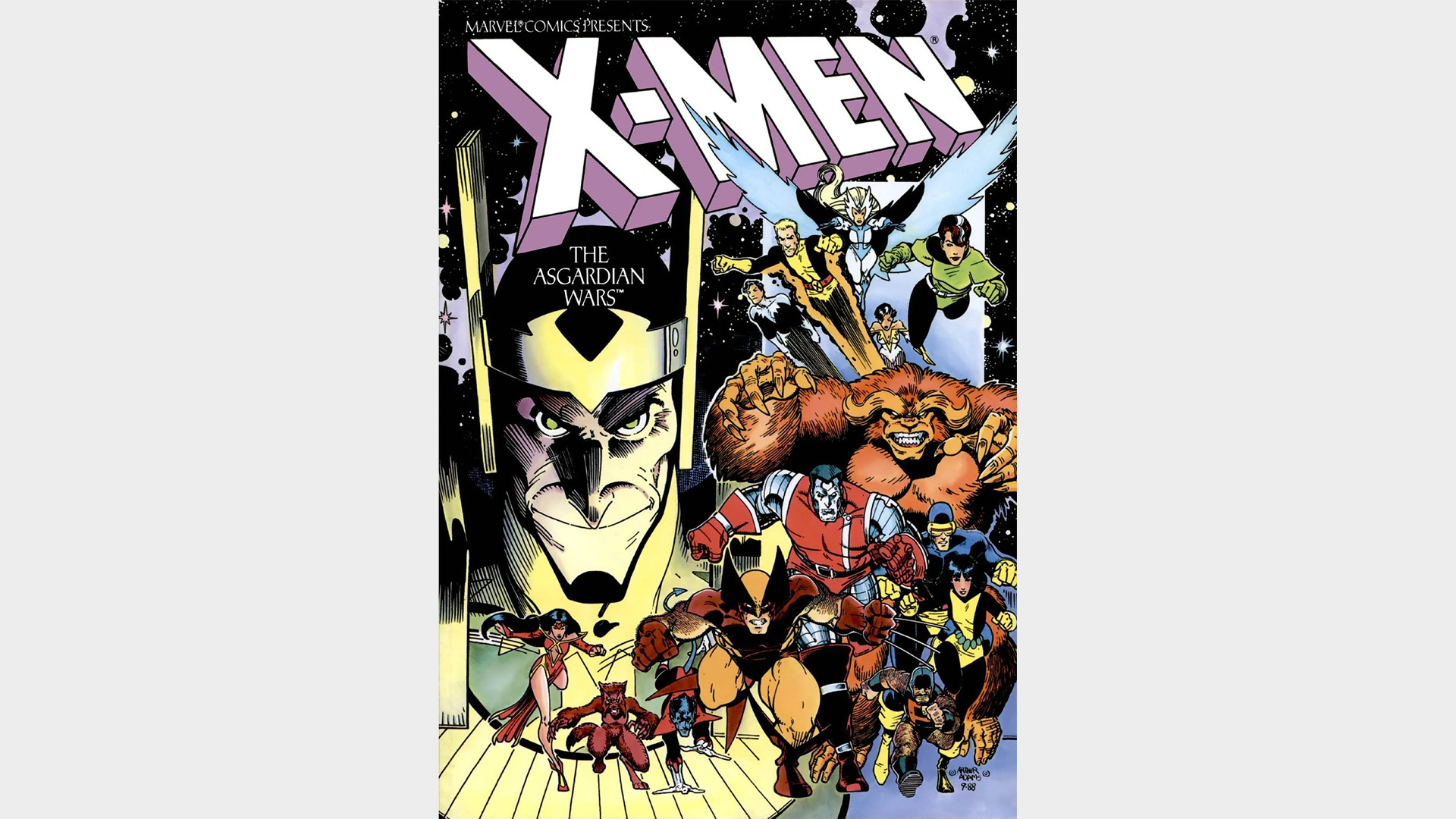
Published in: X-Men and Alpha Flight #1-2, New Mutants Special Edition, and X-Men Annual #9.
While it often seems like the X-Men during writer Chris Claremont's run are big enough to sustain a universe of their own, his dalliances with other corners of the Marvel Universe always provide fun distractions from the soap operatics of his main story. 'Asgardian Wars ' finds Claremont dipping his toes into Walt Simonson's world of might and magic as Loki plans to manipulate Storm into becoming the goddess of thunder, and one of the best X-Men teams, the New Mutants, are along for the ride too. Arthur Adams' art is some of the best of his career, and a clear inspiration on artists like Marc Silvestri and Jim Lee.
But the story itself, while light compared to normal X-Man fare, still falls back on core ideas that the writer has gone back to time and time again as he writes: "A reminder that humanity alone carries within itself the power to create paradise on Earth – on its own terms, by its own efforts – without the gifts or machinations of greedy gods. Which, for better or worse, is how it should be."
Buy X-Men: Asgardian Wars on Amazon
19. Schism

Published in: Schism #1-5
After Professor X and Magneto, the two men at the heart of the X-Men are Cyclops and Wolverine. The limited series X-Men: Schism speaks to the unrest evident in the X-Men line in the 2010s, and specifically those two characters' unrest. With House of M decimating the mutant population, the remaining mutants had to decide on a way forward.
On one side, Jason Aaron's handling of Wolverine was most in line with Chris Claremont's – Logan is Xavier's biggest success – and with that, we see the seeds of the man who would want to reopen a school for gifted youngsters.
But Cyclops, while not a failure, feels like one. He's failed his mentor. He's failed his family and his friends. And more than anything else, he believes that for the dream to be realized, drastic changes have to be made.
That's the conflict at the center of this book, and while it gets overlooked because of the 'Regenesis' era that came after, Schism is some of the strongest work of its time.
18. Age of X
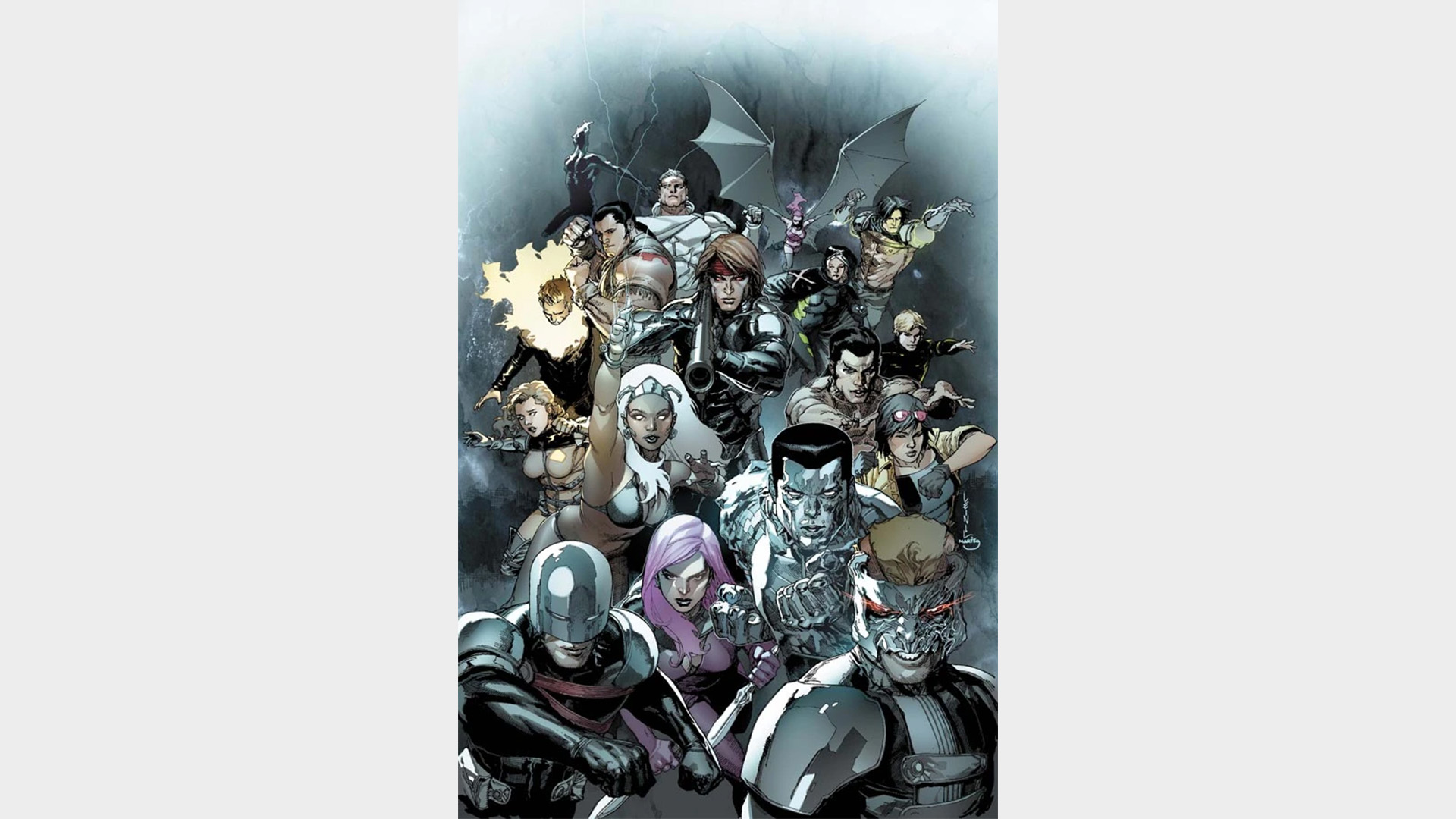
Published in: Age of X: Alpha, X-Men: Legacy #245–249, New Mutants #22–24, Age of X: Universe #1–2
The X-Men have always been ripe for an alternate reality tale. 'Age of X' presents a world in which the X-Men are essentially doomed to suffer. Writer Mike Carey offers up interesting new versions of Cyclops, Wolverine, and Magneto. But at its heart, the story asks, "What are we doing?"
In a sense, with 'Age of X' standing as another story of the last remaining mutants making a stand against a world that hates and fears them, Carey is almost asking readers what is so compelling about returning to this status quo over and over and over again. But this is a story that also solidifies a lot of what Carey's run is about. Rogue has taken the name Legacy which makes sense considering how much she's the focus of the main title. Age of X also pays homage to the original Age of Apocalypse story with the ultra-powerful psychic mutant Legion creating a new reality where he gets to be a hero.
17. The Proteus Saga
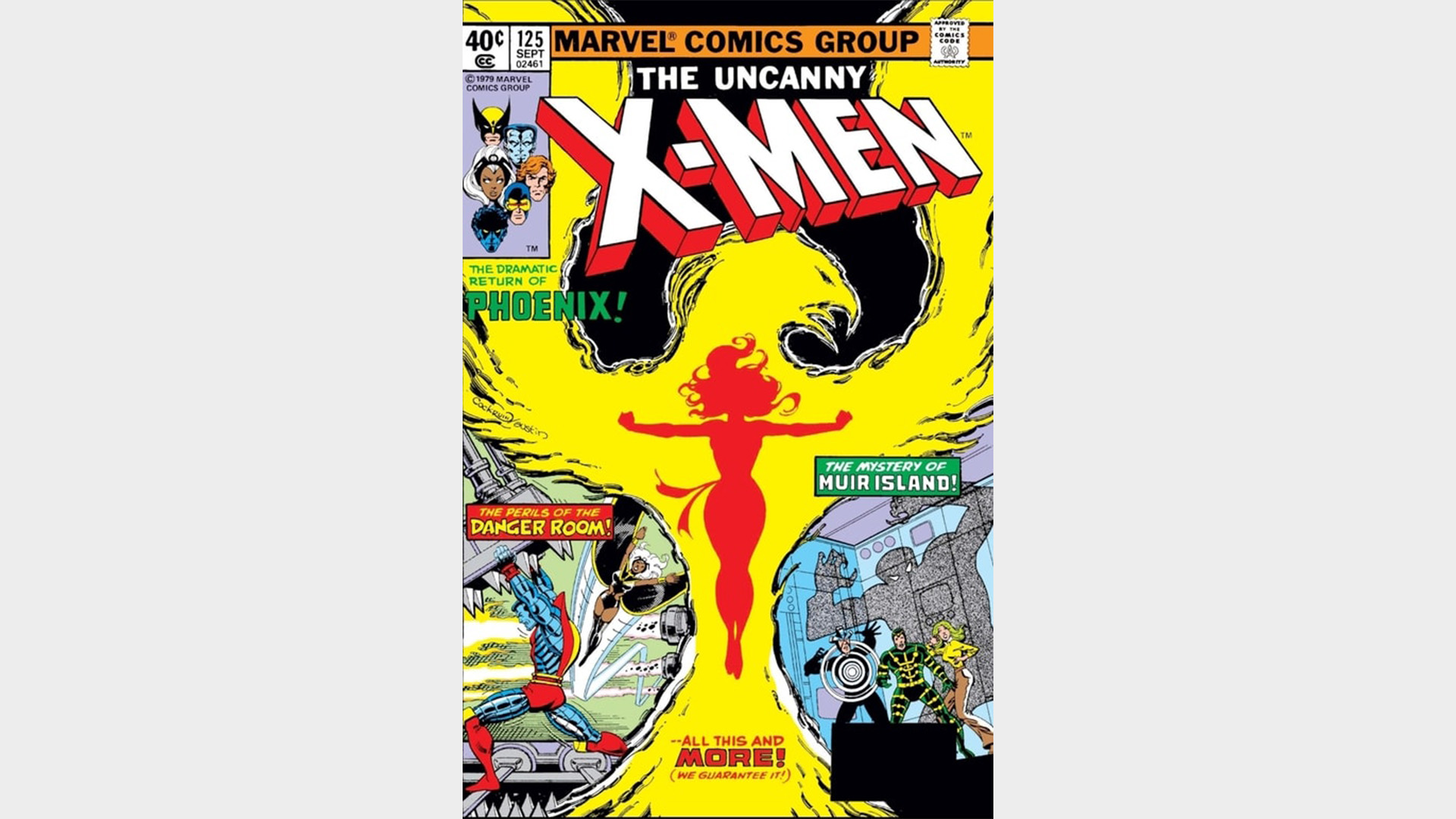
Published in: Uncanny X-Men #125-128
Mutant X (AKA Proteus) is first mentioned in a random panel in Uncanny X-Men #104, but writer Chris Claremont waits until #125 to let that gestate with 'The Proteus Saga .' Over the course of the next few issues, we find out Proteus is the son of Moira MacTaggert.
His reality-warping and ability to jump into other bodies to consume lifeforce make him almost impossible for the X-Men to handle – save for his weakness to metal.
Claremont does some great work with Cyclops as the leader of the team testing everyone as they prepare for battle. Colossus effectively killing Proteus is a somewhat awkward ending considering that the X-Men are supposed to be the good guys, but it is framed as being a necessary evil at that moment.
'The Dark Phoenix Saga' might be the most talked-about 'saga' in X-history but 'The Proteus Saga' definitely deserves a mention.
Buy The Proteus Saga on Amazon
16. Messiah Complex
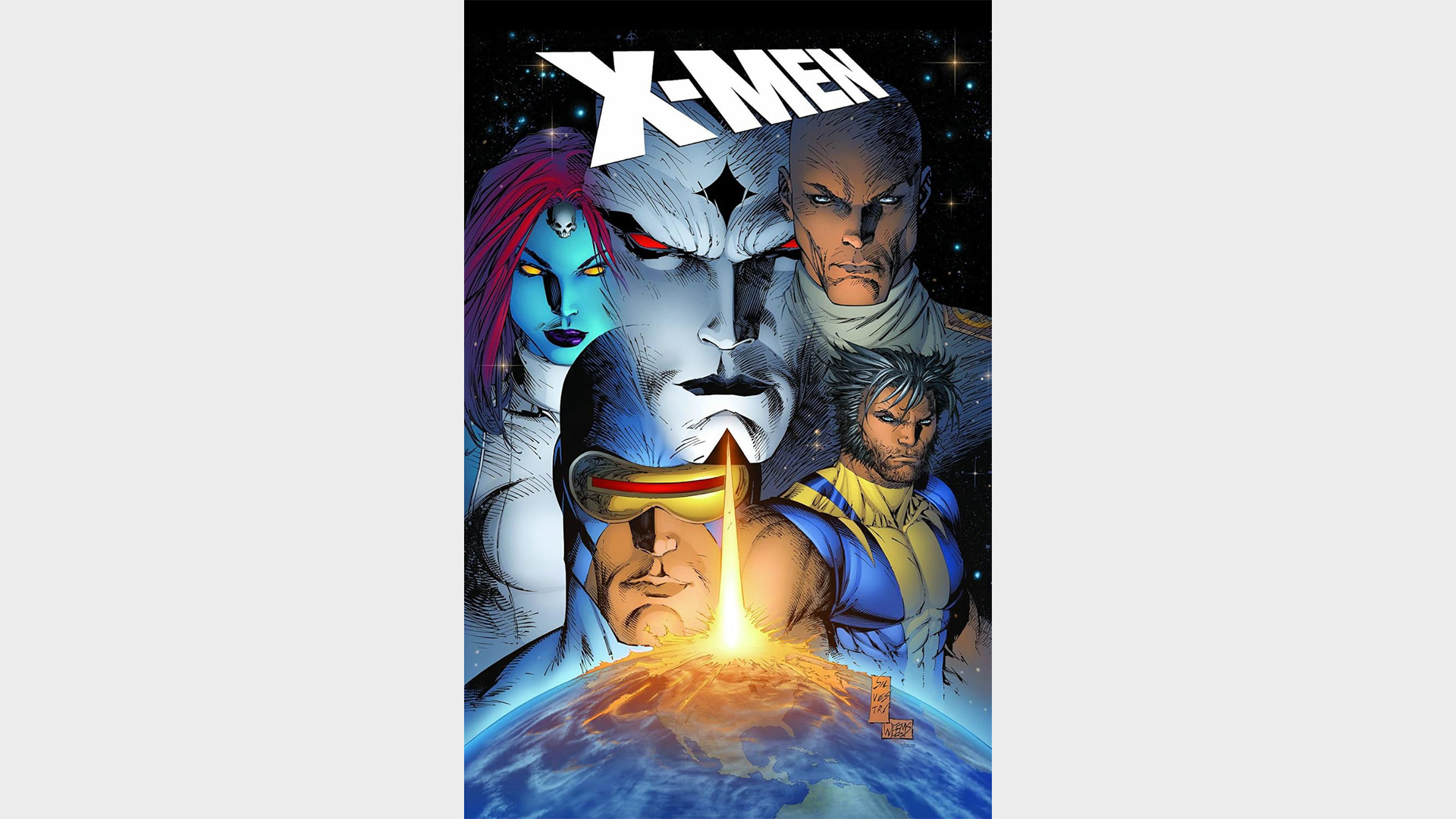
Published in: X-Men: Messiah Complex, Uncanny X-Men #492-494, X-Factor #25-27, New X-Men #44-46, X-Men #205-#207, X-Men: Messiah Complex - Mutant Files #1
House of M changed the course of mutant history in the Marvel Universe forever. With three simple words, Scarlet Witch took mutants close to extinction, but it made their struggle for survival even more desperate and compelling.
'Messiah Complex ' might be a little bit of a sprawl at 13 issues, but essentially the X-Men, Marauders, Acolytes, Reavers, Purifiers, and Predator X are out to get the first mutant baby that's been born since the Decimation – when all but a relative handful of mutants lost their powers. The crossover is a little uneven as it's told by five writers who were all writing books that were fairly different in tone, but they still get the job done.
Buy X-Men: Messiah Complex at Amazon
15. Mutant Massacre
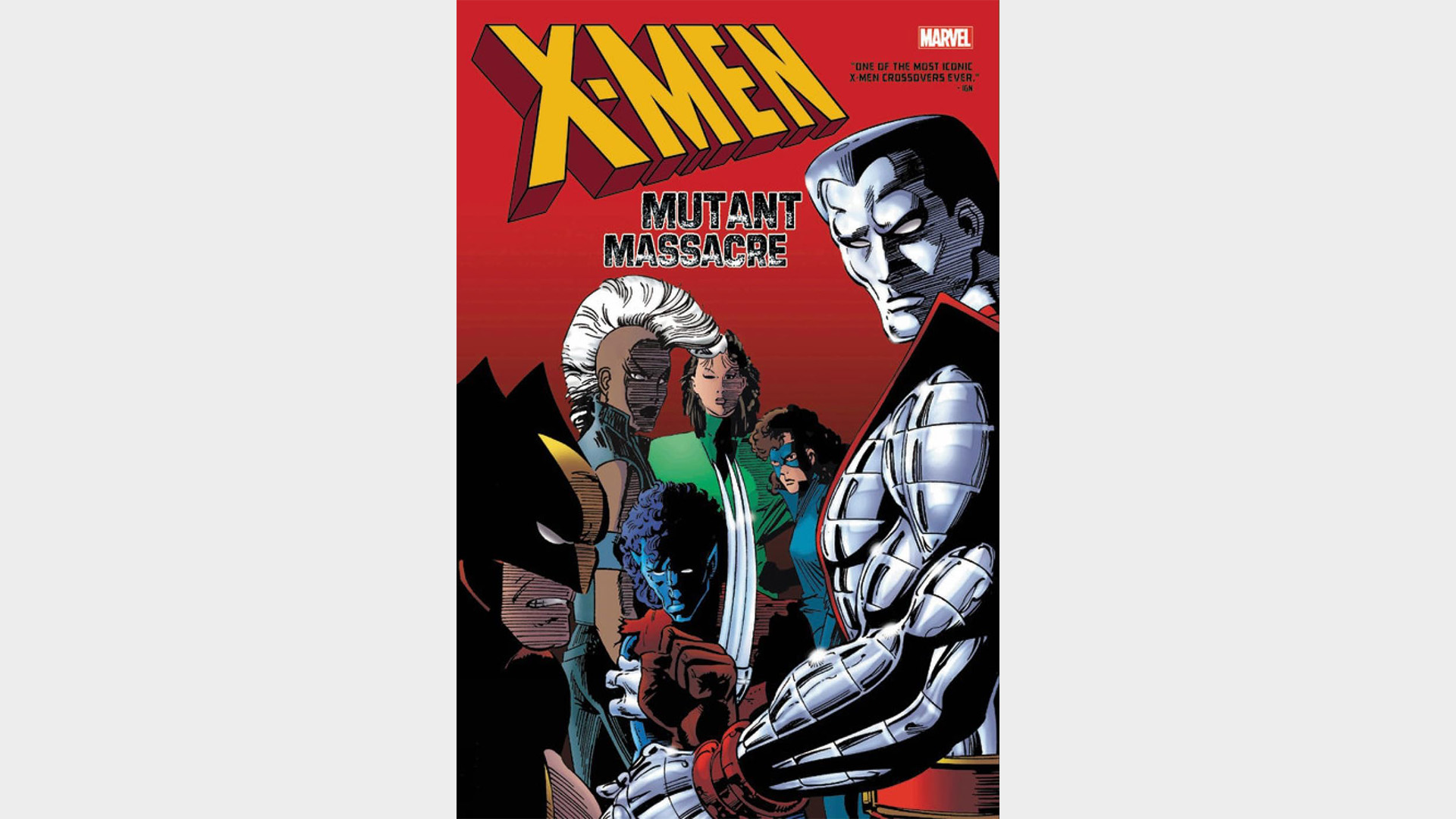
Published in: Uncanny X-Men #210-213, New Mutants #46, X-Factor #9-11, Thor #373-374, Power Pack #27, Daredevil #238
Depending on how you feel about crossover events, 'Mutant Massacre ' will either draw your ire or your praise. Originally intended to be told solely within the main X-Men title, it was expanded to cross over with all of the X-titles of the time, as well as Marvel's other non-X-Men titles: Thor, Power Pack, and Daredevil.
But Mutant Massacre did what so many great Chris Claremont stories did – it reminded us what the X-Men stood for, created a real sense of dread about their situation, and maintained the X-Men's underdog status. Throughout this story, the X-Men are really put through the wringer. Colossus has to use deadly force. Kitty is trapped in her intangible form. They aren't able to save all the Morlocks, and Sabretooth makes them realize that even the mansion isn't safe. Mister Sinister emerges as a deadly new villain as well, solidifying this arc as one of the most exciting and memorable in Claremont's run.
Buy X-Men: Mutant Massacre at Amazon
14. Fall of the Mutants
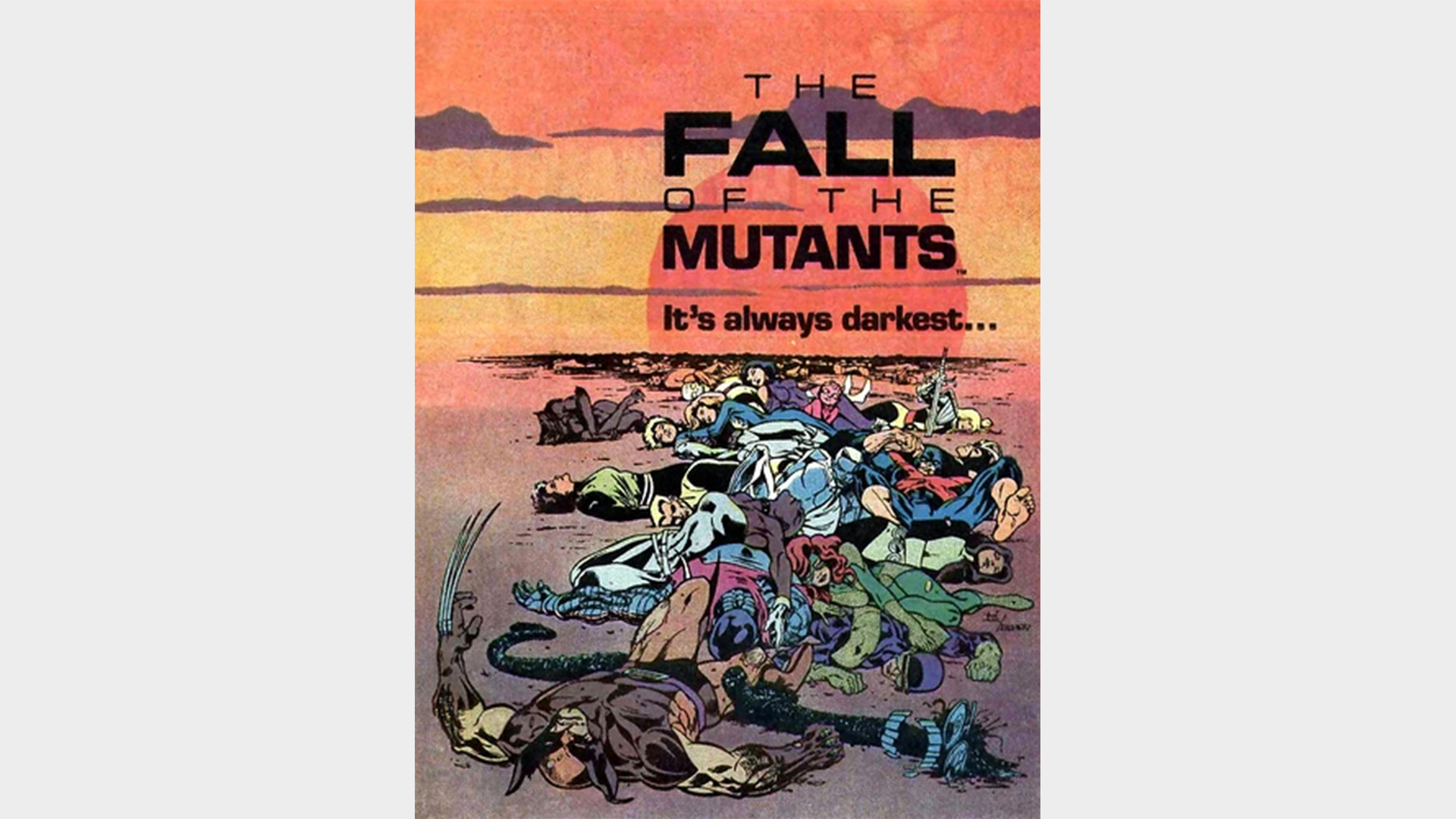
Published in: The Uncanny X-Men #225-227, X-Factor #24-26, and New Mutants #59-61
While 'Fall of the Mutants' is probably best remembered for leading into the Outback era of the X-Men, it's the smaller moments in this crossover that really deserve to be highlighted.
Though the main conflict with the Adversary and Freedom Force doesn't have the same impact as the team's faceoffs with other villains, writer Chris Claremont took the time to show us the world around the X-Men and how it was affected by them even if they didn't notice. Claremont also seeds the idea that humans aren't uncomfortable with mutants alone, but with super-powered beings in general. Aside from that, additions to X-Men canon, like Mystique and Destiny's then-still-nebulous romantic relationship being defined are notable for being fairly progressive for the time.
Buy: X-Men: Fall of the Mutants at Amazon
13. The Trial of Magneto
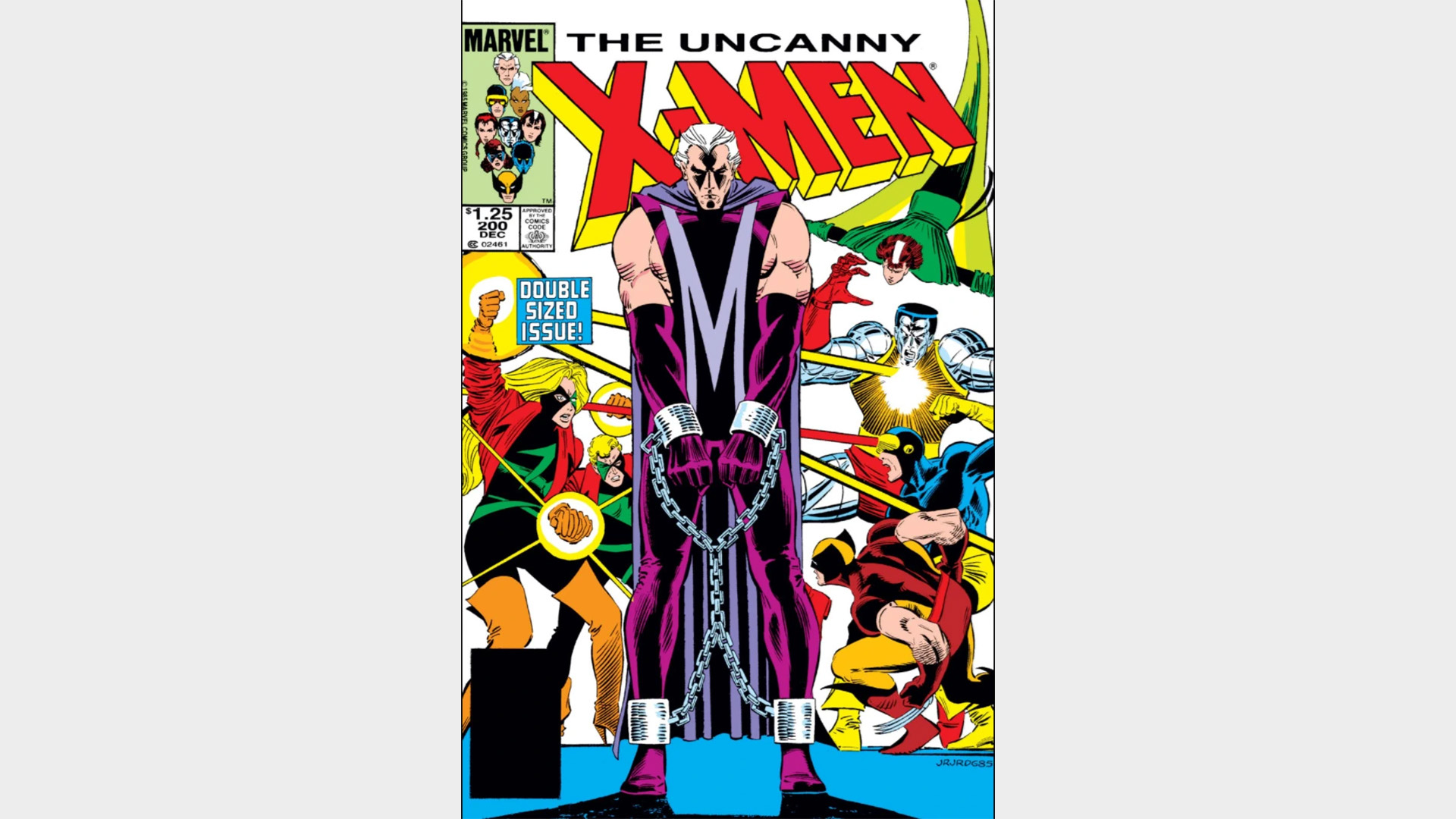
Published in: Uncanny X-Men #200
It's said that the best villains are the ones that you can feel yourself kind of agreeing with. For his part, Magneto has made some valid points over the years in his quest for mutant supremacy. But Claremont never wanted to keep the Master of Magnetism the same mustache-twirling villain that he'd been in the Silver Age.
'The Trial of Magneto' is the culmination of years of growth for Magneto as a character. Readers started to see a softer side to him way back in issue #150 but now, 50 issues later, we see a man who recognizes the weight of what he's done and is ready to repent. Of course, the charges against him are dismissed, but since he's turned over a new leaf, this leads directly to him taking over as headmaster of the Xavier school and training the New Mutants. It's a big step for Magneto and one that Claremont understandably had issues with when it was walked back in the '90s.
Buy X-Men: The Trial of Magneto at Amazon
12. Gifted

Published in: Astonishing X-Men #1-6
'Gifted,' the opening salvo of Joss Whedon's Astonishing X-Men run, brought Colossus back, helped redefine Cyclops, and introduced a mutant cure (providing part of the plot for X3: The Last Stand). The dialogue and wittiness of the script sometimes outweigh the impact of the plot, but the writer puts characterization at the forefront, and that allowed him to organically build as many "astonishing" moments as possible into his work.
And it never hurts to have artist John Cassaday on your side either. After years of no-frills leather, Cassaday's reimagined costumes for the team still exude an understanding of each character's history. For many, Cassaday's costumes are the characters' essential looks more than any before or since.
11. Wounded Wolf

Published in: Uncanny X-Men #205
Wolverine is essential to the X-Men, and Barry Windsor-Smith is an essential Wolverine artist. 'Wounded Wolf ' features a face-off between Logan, Lady Deathstrike, and her Reavers that humanizes the ol' Canucklehead in ways that speak to the heart of the character. Windsor-Smith's work here is exciting and inventive as falling snow crowds the pages, but never dulls the artist's intentions.
Wolverine's concern for young Katie Power and his decision to leave Deathstrike alive are crucial to understanding who Logan is. He can be brutal and unyielding in battle – but he is not without compassion.
'Wounded Wolf' is one of the best examples of Chris Claremont's character work and one of the best Wolverine stories to boot.
Buy Uncanny X-Men #205 at Amazon
10. Age of Apocalypse
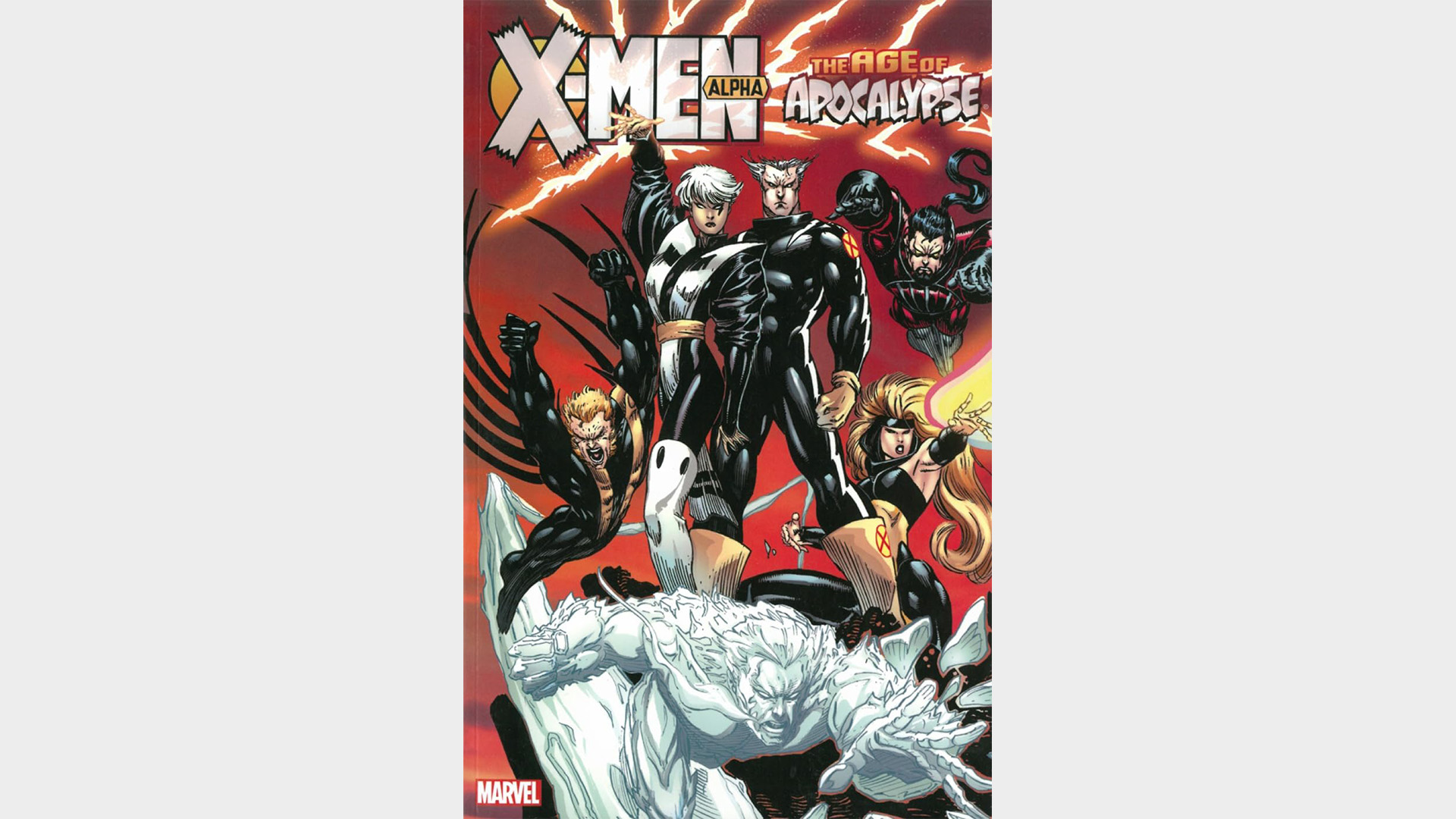
Unstable (and incredibly powerful) mutant David Haller plans to go back and murder Magneto – but ends up killing his father, Professor X, instead. This leads to an alternate future where Apocalypse rules the world.
The '90s get a bad reputation for indulging the worst parts of the comic book art form, but this remains one of the best stories of the decade for its sheer boldness. The characters we had come to know and love were forced into fairly different roles in the 'AoA' timeline, and seeing how they changed (or stayed the same) is interesting and probably couldn't work as well with any other superhero team.
And with artists like Joe Madureira, Chris Bachalo, Steve Epting, Andy Kubert, and more onboard, 'Age of Apocalypse' still exists solidly in the golden age of X-Men art.
Buy X-Men: Age of Apocalypse at Amazon
9. Mutant Genesis
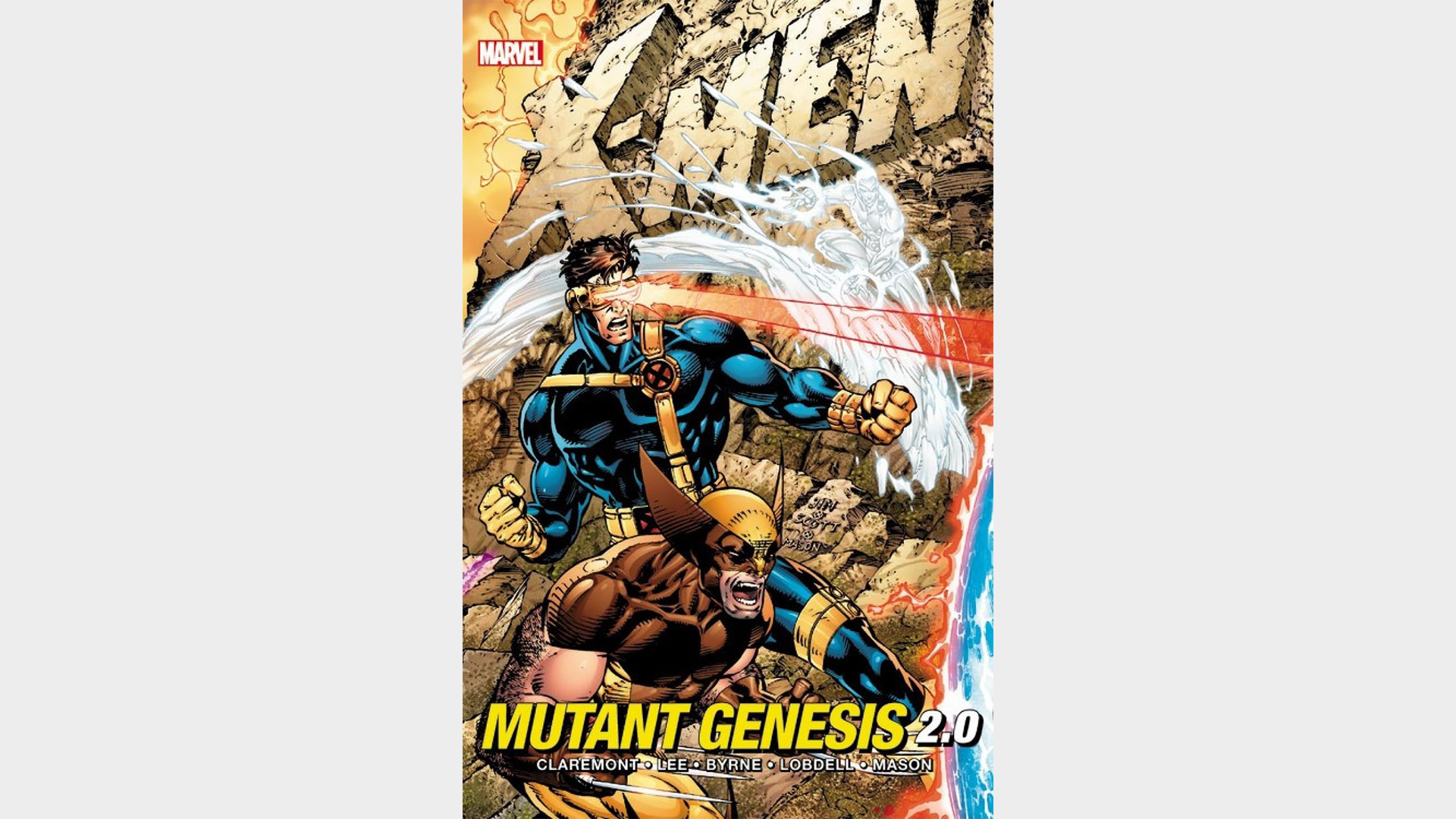
Published in: X-Men #1-3
'Mutant Genesis'? Your first thought is probably, 'Wait, really?' But let me explain.
Though Chris Claremont's storied X-Men run ended somewhat unceremoniously with this short arc as Marvel shifted the power balance from writers and editors to artists, all it takes is one look at the characters as imagined by Jim Lee, and anyone on the planet can tell you who they are.
To this day, Lee and Claremont's X-Men #1 stands as the highest-selling single issue of all time at over eight million copies. The story inside the pages might strike some as a little thin, but Claremont's commentary on the end of his time with Marvel is undeniable, and Jim Lee turns in some absolutely incredible pages.
Say what you will about the '90s, but without this, we may never have gotten the X-Men: The Animated Series. 'Nuff said.
Buy X-Men: Mutant Genesis at Amazon
8. Lifedeath I & II
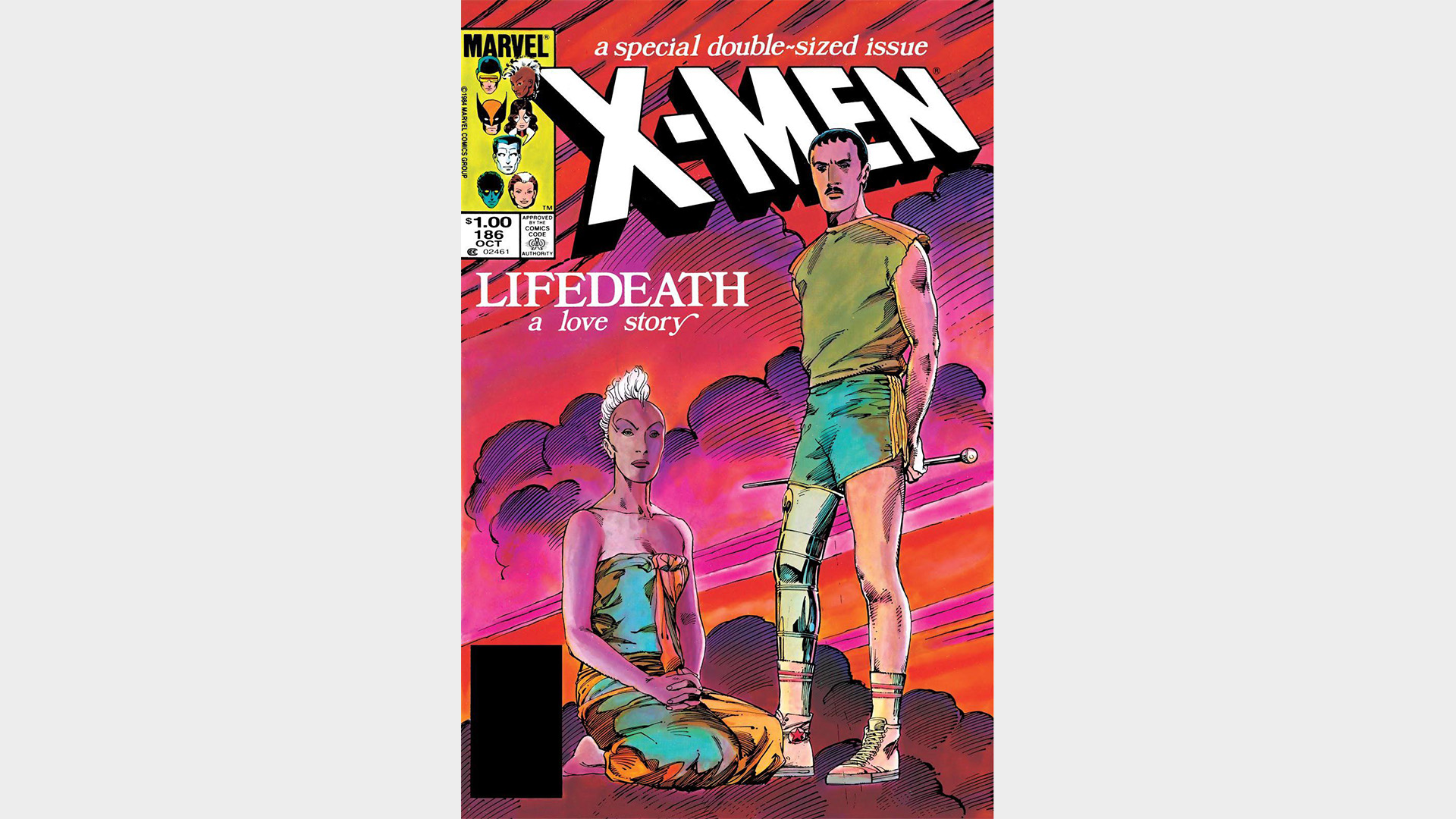
Published in: Uncanny X-Men #186, #198
Strong women have been a mainstay since the beginning of Chris Claremont's run and Storm is without a doubt one of the greatest. From her humble origins as a street thief to her evolution into a leader and a goddess, Ororo Munroe has never proven an easy hero to break.
'Lifedeath I & II ' show us a Storm who is struggling with the loss of her powers – but who eventually finds strength in the situation. Claremont's scripts deal with loss, forgiveness, coping, and surviving in the face of trauma, and Storm learns that there is more than one way to have power. And if you needed any other reason to consider this story, Barry Windsor-Smith turns in some of his best work on the X-Men with the expressiveness that oozes out of these pages.
Buy X-Men: Lifedeath at Amazon
7. The Brood Saga
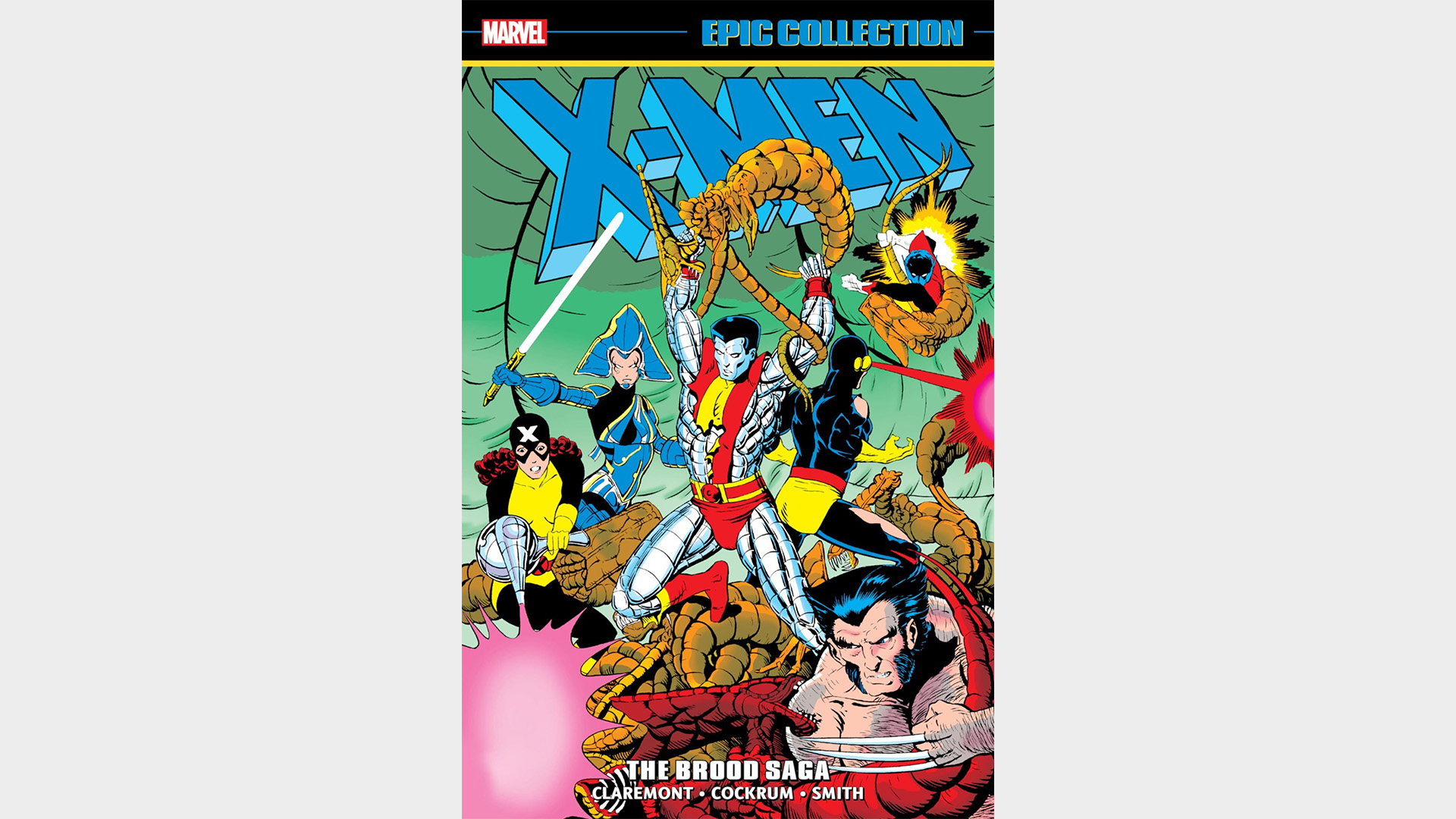
Published in: Uncanny X-Men #161-167
At first glance, this feels like a homage to the Alien films, but 'The Brood Saga ' is a perfect example of how Chris Claremont could spin a yarn out of small details. Artist Dave Cockrum told Wizard Magazine in 1993 that the Brood was initially conceived when Claremont wrote "miscellaneous alien henchmen" in the script for Uncanny X-Men #155 and Cockrum "...drew the most horrible looking thing [he] could think of..."
It's seven issues of buildup before the Brood became a real threat to the mutants, capturing and infecting them in Uncanny X-Men #162 and forcing the team to confront their mortality. Plus, we see character work that would be expanded upon later: Peter and Kitty's blossoming romance, Cyclops's anger that bubbles under the surface, and Nightcrawler and Wolverine's frank discussion about religion.
Uncanny X-Men meanders its way into 'The Brood Saga,' but that's part of its charm. Claremont's ability to create credible threats to the X-Men is what made his run so beloved.
Buy X-Men: The Brood Saga at Amazon
6. X-Men: Season One
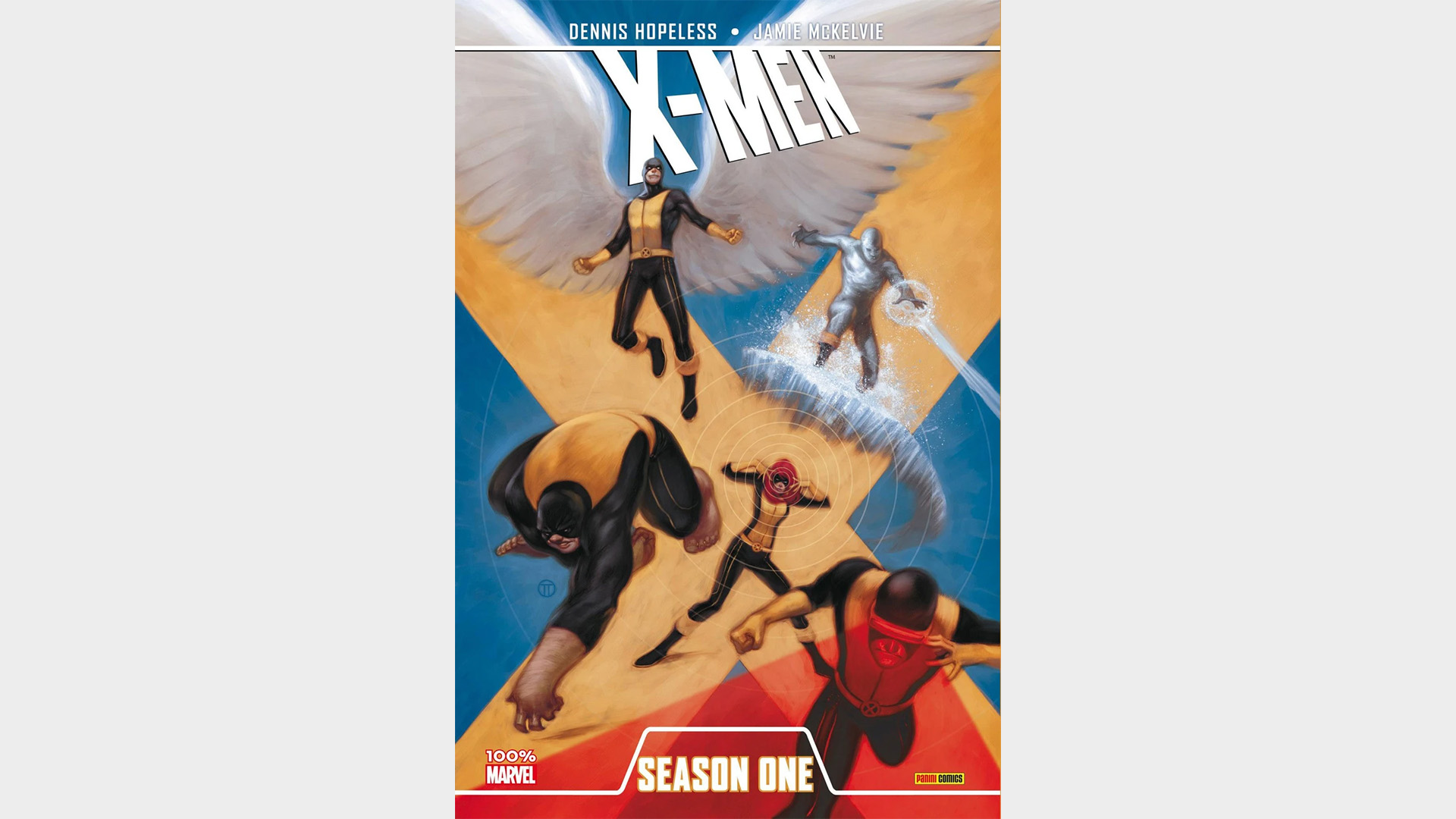
Published in: X-Men Season One graphic novel
Stan Lee and Jack Kirby are visionary creators in their own right, but their initial take on the X-Men is something of a product of its time – it's telling that none of their stories appear on this list. But still, those formative years lay the foundation for everything Chris Claremont and others have built on in the decades since. Could there be a better way to contextualize them considering what we know now?
As it turns out, yes. Enter Dennis 'Hopeless' Hallum and Jamie McKelvie. With the humanity and clean linework of McKelvie on display, Hopeless takes readers through some of those early years of interactions between the Original Five X-Men and refocuses them for modern audiences. By injecting some truly Claremont-ian melodrama, Hopeless gives a fuller picture of the X-Men's Silver Age adventures and the people who would become the mutants we know and love.
Buy X-Men: Season One at Amazon
5. X-Men: God Loves, Man Kills
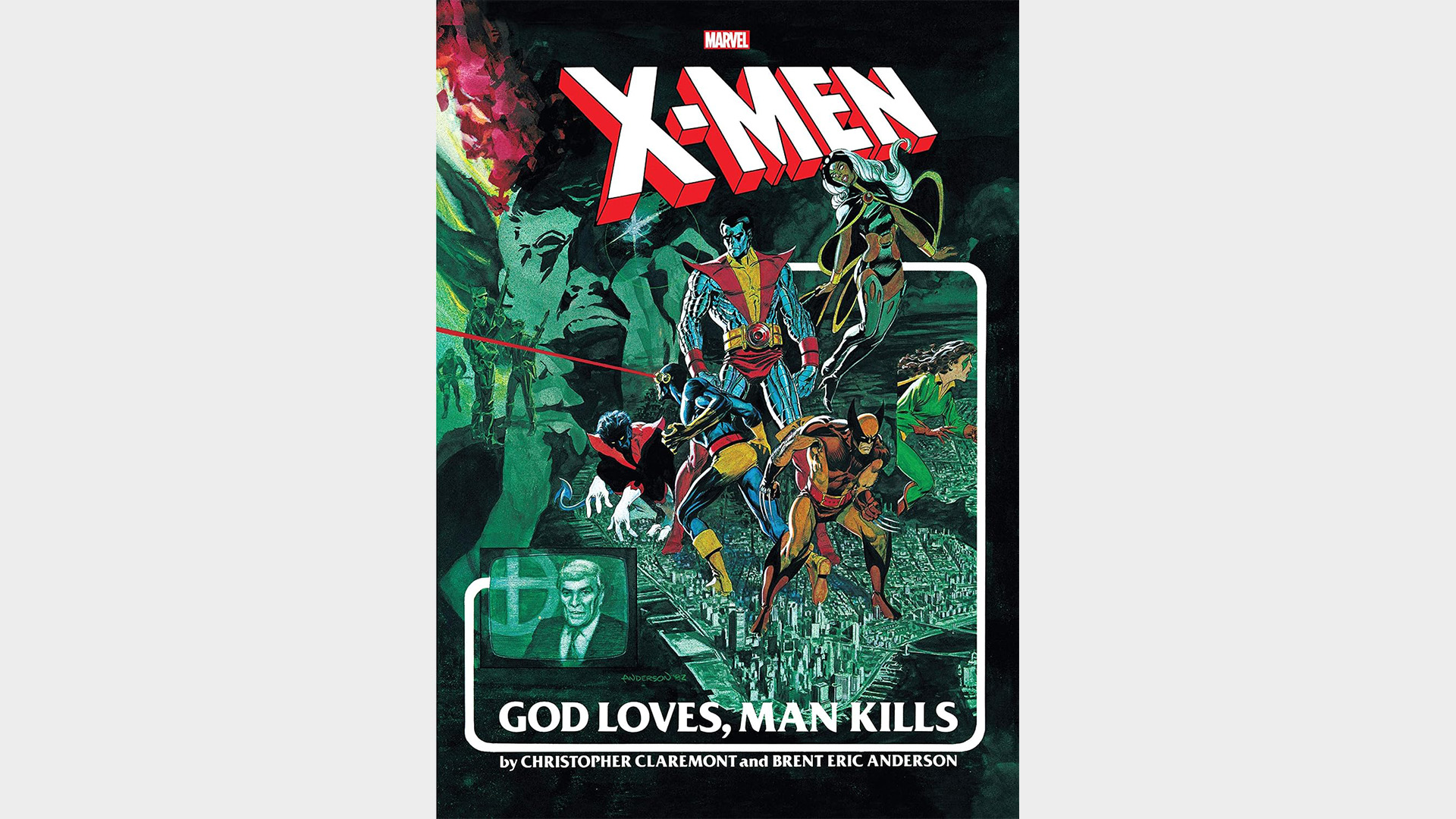
Published in: X-Men: God Loves, Man Kills graphic novel
Anyone who claims the X-Men isn't a metaphor for marginalized people in contemporary times probably hasn't read X-Men: God Loves, Man Kills.
Chris Claremont introduces one of the best X-Men villains in William Stryker, a reverend with a big, bigoted bone to pick with mutantkind and the X-Men have to team up with Magneto to stop him. More than ever before, this is ground zero for the metaphor that fuels the X-Men. It's not just that they're feared and hated – this is a story about what happens when the world emboldens hatred and enables the worst parts of humanity.
And it would be a crime to not mention the incendiary artwork of Brent Anderson. While he's probably not one of the first names you think of when talking about X-artists, his output here is stellar. There's an unnerving darkness to the proceedings that fits the more mature tone, and Xavier's nightmarish visions are rendered with staggering intensity.
Buy X-Men: God Loves, Man Kills at Amazon
4. E is for Extinction
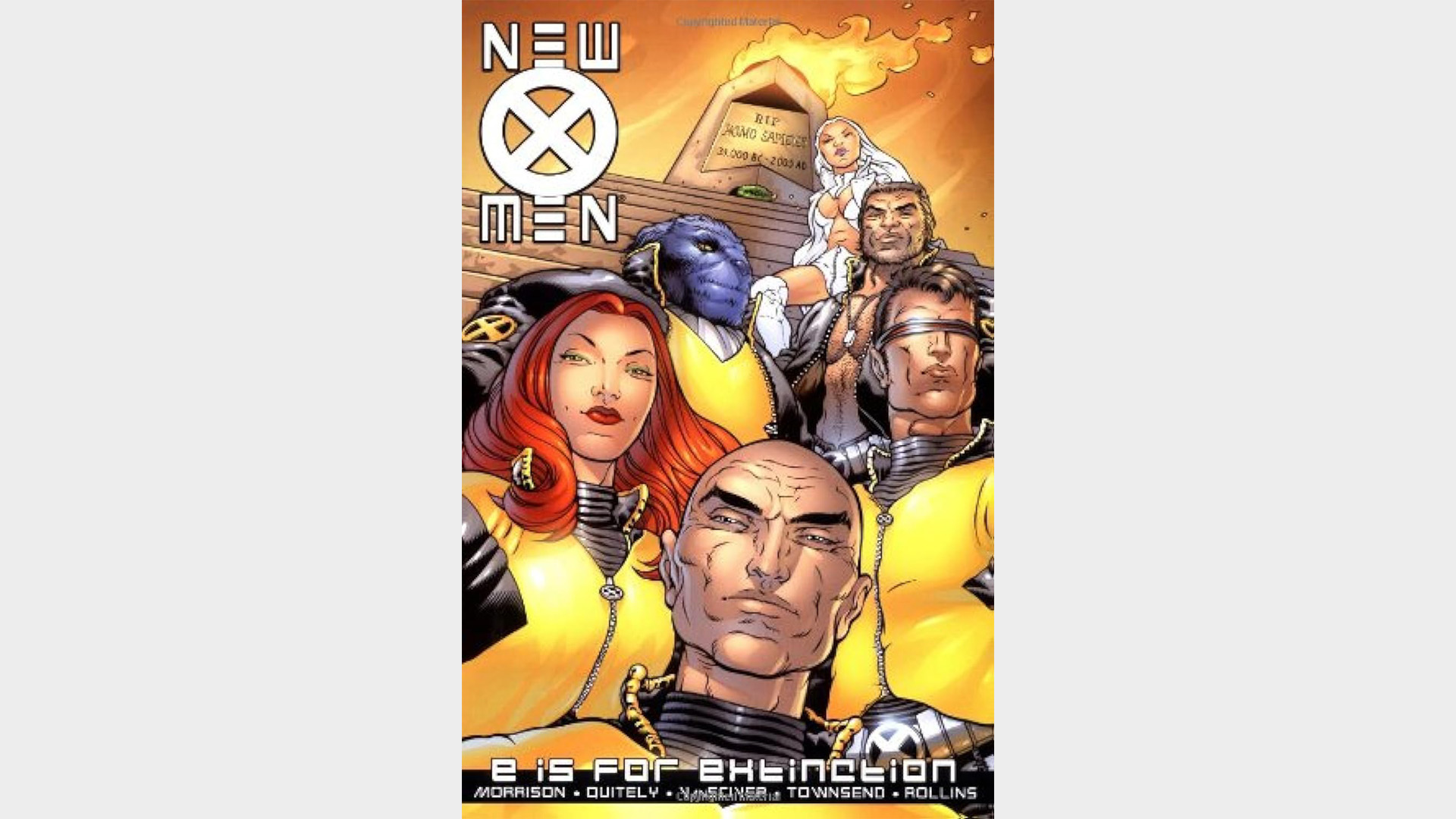
Published in: New X-Men #114-116
Just as their first film slashed its way into theaters and turned everything we thought we knew about superhero movies on its head, Grant Morrison’s team-up with Marvel's merry mutants a year later provided a similar reinvigoration for the X-Men in comic books.
Morrison changed everything. With artist Frank Quitely, they redesigned the team's costumes for the new millennium and canonized the idea of secondary mutations that further empower the mutants who undergo them, while paring down the core team to a more tenable and iconic few.
The result is the beginning of an era of new growth for the X-Men that still saw Morrison fall into the patterns that define the X-Men specifically. Over time, the cast grew and the soap-operatic adventures filtered through Morrison's brand of new psychedelia, allowing them to comment on the legacy of superhero comic books' greatest team with their work.
Buy X-Men: E is for Extinction at Amazon
3. House of X/Powers of X
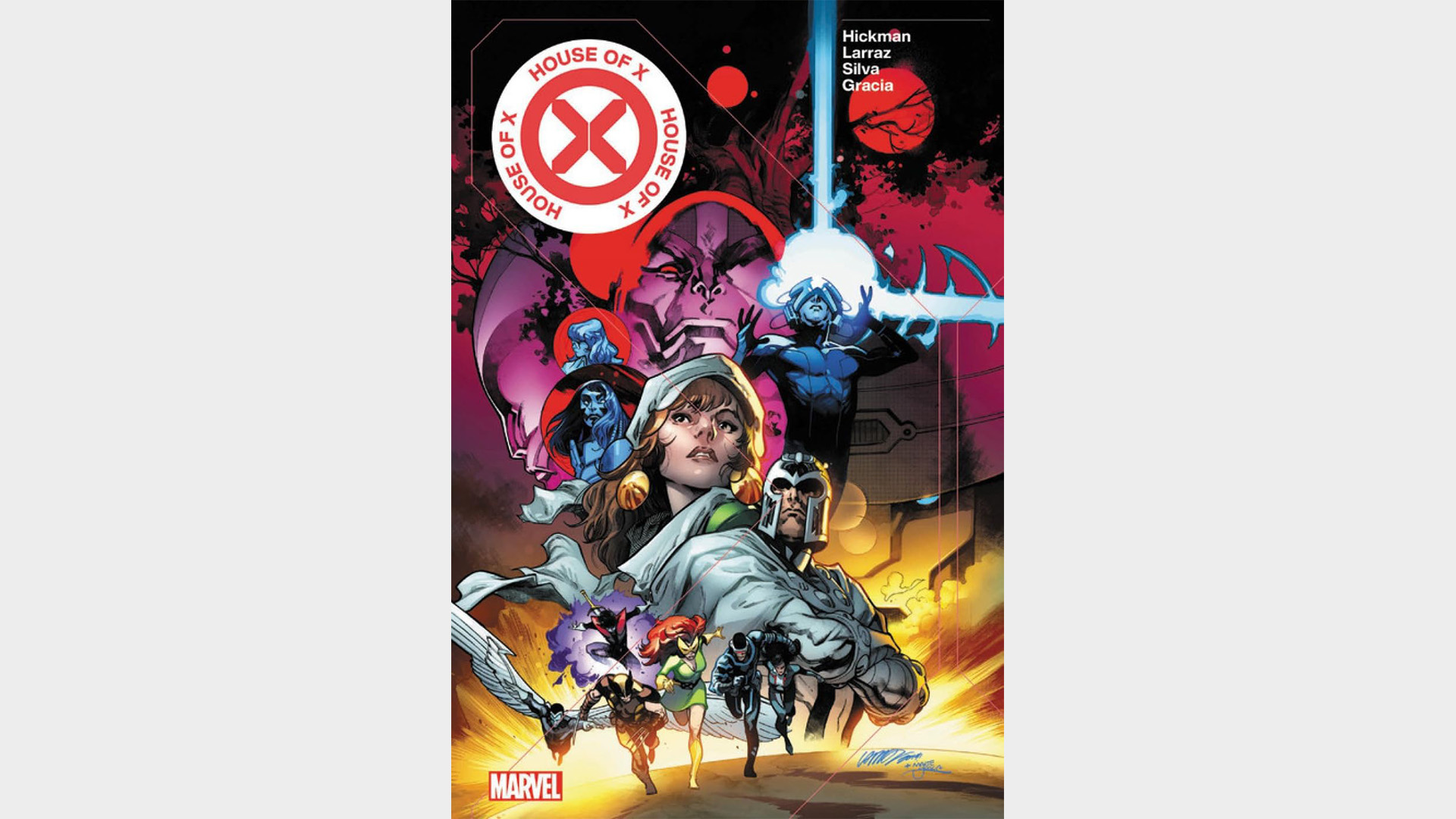
Published in: House of X #1-6, Power of X #1-6
This might feel like a high placement for the most recent story on the list, but it's almost impossible to overstate how thoroughly Jonathan Hickman, Pepe Larraz, and R.B. Silva reinvigorated the X-Men franchise with House of X/Powers of X.
Revelations about Moira MacTaggart's many lives, the establishment of Krakoa as a mutant homeland, and the Resurrection Protocols made the world sit up and take notice of the X-Men again, in our world and in theirs. Hickman's knack for heady sci-fi gave the characters a direction for the first time in years, ending an era of stops and starts that failed to capitalize on the fact that at one point the X-Men ruled Marvel's publishing line.
With Marvel recently relaunching the entire X-Men line and bringing the Krakoa era to a close, now is a great time to look back at where it all started.
Buy X-Men: House of X/Powers of X at Amazon
2. Days of Future Past
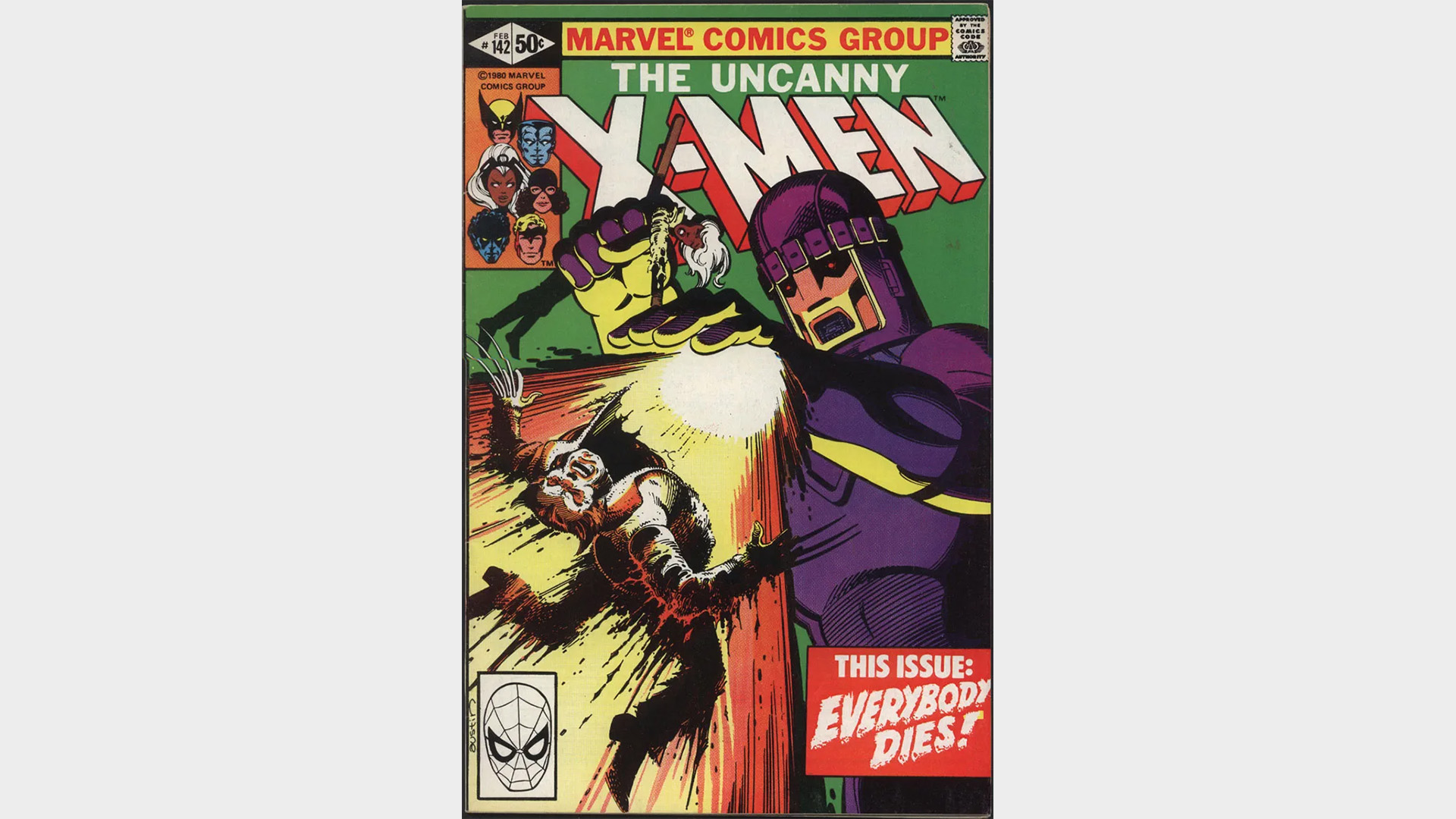
Published in: Uncanny X-Men #141-142
Penciler John Byrne deserves most of the credit for this one, as writer Chris Claremont didn’t want to do another story with Sentinels, no matter how much Byrne wanted to draw them. So while the artist admits that the plot is slightly borrowed from an episode of Doctor Who, 'Days of Future Past ' still stands as two men at the height of their creative powers finding potential in these timeless characters.
It's impossible to deny the craft in this story. It's only two issues long, but the sense of dread and hopelessness in the face of this possible future is palpable. Kitty Pryde walking through a graveyard that's filled with her friends, that's the kind of image that sticks with both the audience and the character.
Claremont and Byrne were experts at making readers feel like it all might be over at any time for the X-Men, and that's part of what makes their team-up so great – and it's also why 'Days of Future Past' stands as one of the most well-known and best-loved X-Men stories ever, later inspiring a pretty good film adaptation.
Buy X-Men: Days of Future Past at Amazon
1. Dark Phoenix Saga
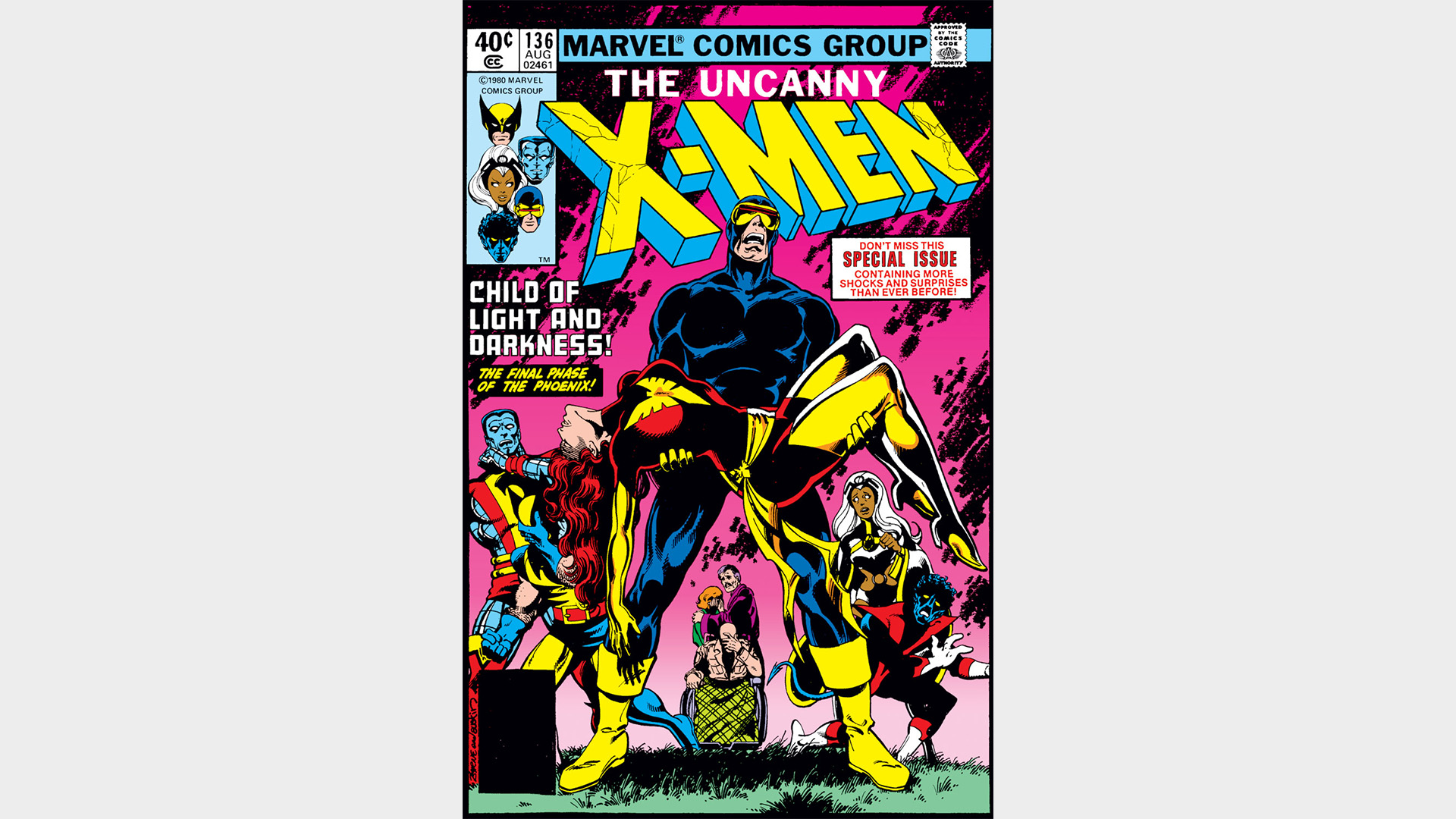
Published in: Uncanny X-Men #129-138
If there's one story that defines the X-Men above all others, it's 'The Dark Phoenix Saga,' in which Chris Claremont and John Byrne's somewhat tumultuous creative relationship results in one of the greatest superhero stories ever told.
Claremont's soap opera-style plotting and characterization come to the forefront as readers get a front-row seat for the corruption of Jean Grey. Kitty Pryde joins the team. The Shi'Ar, Lilandra, and the Imperial Guard are added to the mythos thanks to Dave Cockrum – suddenly, the X-Men's world has bloomed into something much bigger.
The effects of this story can't be overstated. Jean's sacrifice to defeat the Dark Phoenix would define the X-Men forever, and while the Phoenix has a habit of rising from the ashes, it never lessens the impact of her initial death. Jean was more than a friend, lover, or teammate to these characters. She's also the first of many incredible women who would join the X-Men, and for issues to come, we'd get to see how much she was really the lynchpin of the team up to that point.
Buy X-Men: Dark Phoenix Saga at Amazon
Here are some of the reasons why the new Uncanny X-Men is the ideal next step for fans of X-Men '97. And when you've read that, here's everything you need to know about the new team and their mission.







